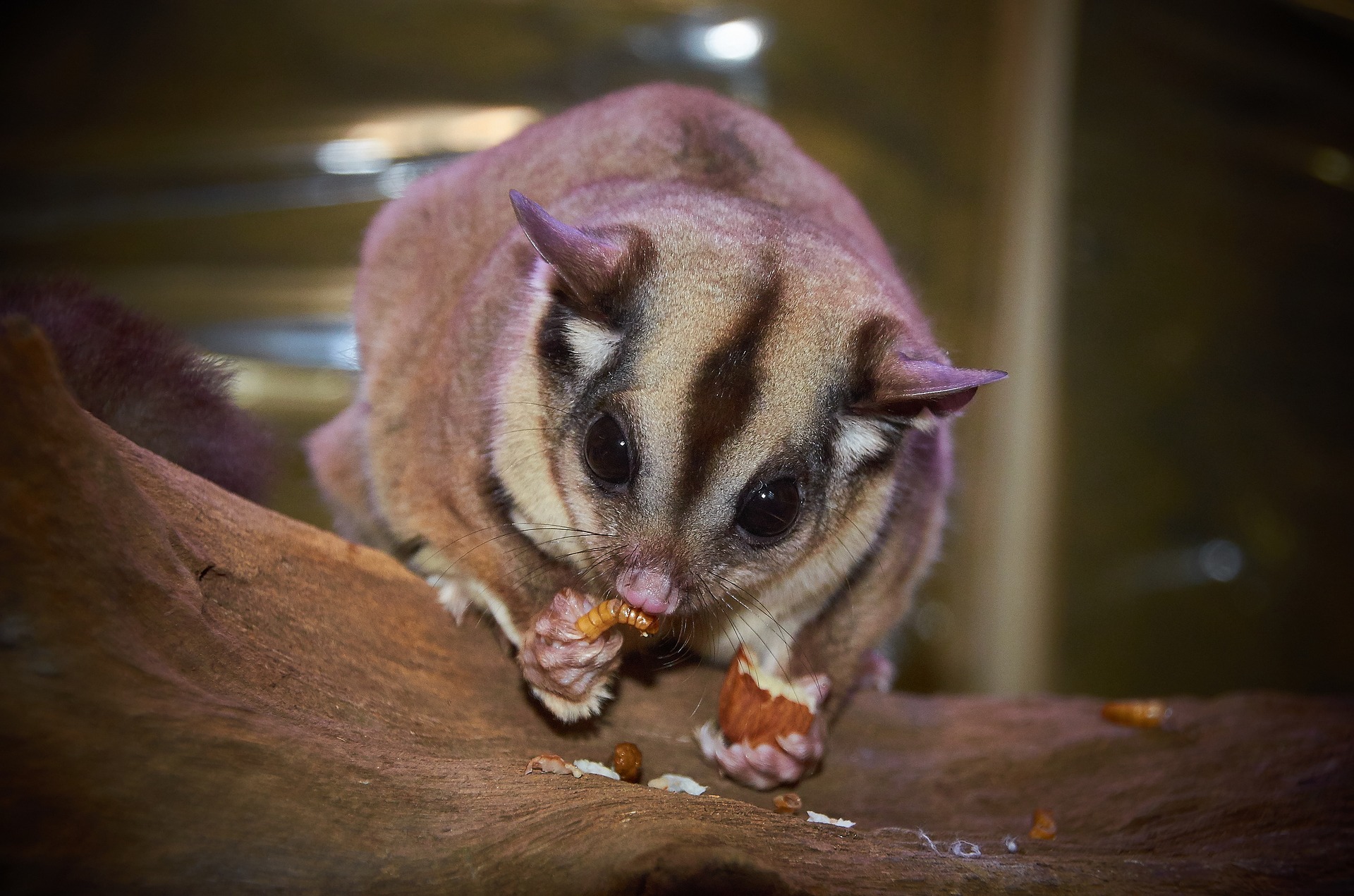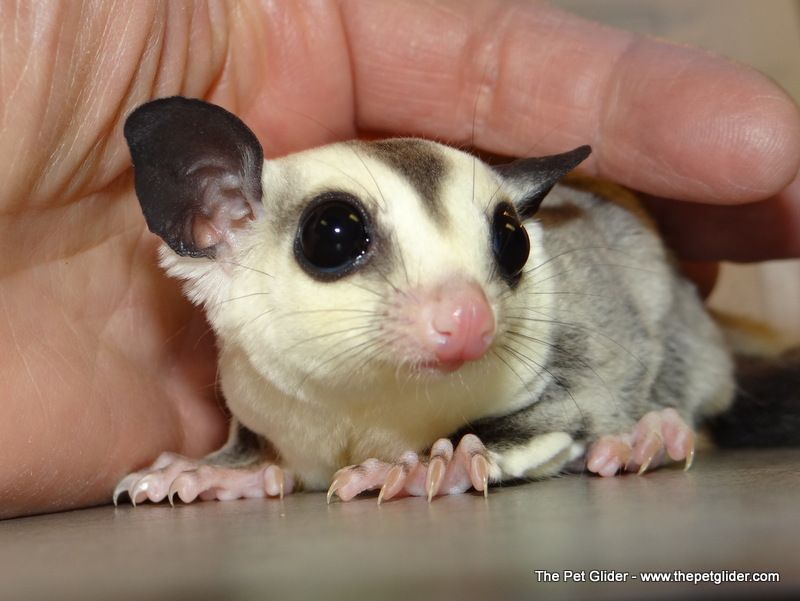

Sugar gliders are best known for being very popular exotic pets in the United States, although captive breeding is banned in some regions of the country. Its coat is pearl gray with black and white spots. Females weigh 80 to 135 grams and males 100 to 165 grams. Sugar gliders are about 16 to 20 cm long, with a tail slightly longer than the body. The sugar glider (Petaurus breviceps) is a small marsupial native to eastern and northern Australia, New Guinea and the Bismarck Islands and has also been introduced to Tasmania. We highly recommend doing a lot of research and thinking for the long term before seriously considering these chatty, rambunctious marsupials as pets.Is the sugar glider a common pet in the US? While sugar gliders are super cute little animals, they are deceivingly high maintenance. Females cannot be spayed due to their small size and the invasiveness of the procedure. When keeping multiple sugar gliders together, you will want to get the males neutered to help stave off aggression and territorial behaviors. It is still highly recommended to get these guys yearly check-ups because they are prey animals and if there is anything wrong, they do their best to hide it. There is no vaccine schedule for them, they have a high resistance to fleas and mites, and they are hypoallergenic. With sugar gliders having a specialized diet, it also means too much of any one food is a bad thing their diets need to have a high variety of smaller amounts of food.Īs far as veterinarian care goes, sugar gliders are easy. Gliders are omnivorous animals and require a specific and balanced diet of fruit, vegetables, and proteins. One of the hardest parts of caring for a sugar glider is their diet.
#Glider animal skin#
Keep in mind you cannot use a harness with sugar gliders due to the skin membranes they have that allow them to “fly.” You will need a “bonding pouch” of some sort to keep them close by if you do not want them running off to do their own thing from time to time. You’ll also need to glider-proof your house, covering any small holes they can get to and crawl in. You also may need a heat lamp to keep temperatures between 70 and 76 degrees Fahrenheit if your house stays on the cooler side. Said cage should have a glider-specific wheel, a sleeping pouch, a glass water bottle, a non-tip food dish, and plenty of toys. Sugar gliders require quite a bit more room than you may imagine the minimum cage size you should be going for is 3 feet tall and 2.5 feet wide/deep with a bar spacing of no more than 0.5 inches.

On top of the topics of lifespan and social grouping, becoming bonded with your gliders can be a long process requiring lots of patience and understanding for these creatures, especially when you consider they are nocturnal. Also, you will want to adopt at least two gliders as they are social animals and can become lonely/depressed if kept solo, which can lead to health issues. If you are looking at adopting some sugar gliders, keep in mind their lifespan is 10 to 15 years. The only problem is these little guys require specialized care and are not a good fit for a lot of people. Given that they’re not native to North America and they have cute faces, many people feel it would be super cool to own one.

Sugar gliders are a highly sought-after, fascinating little marsupial.


 0 kommentar(er)
0 kommentar(er)
